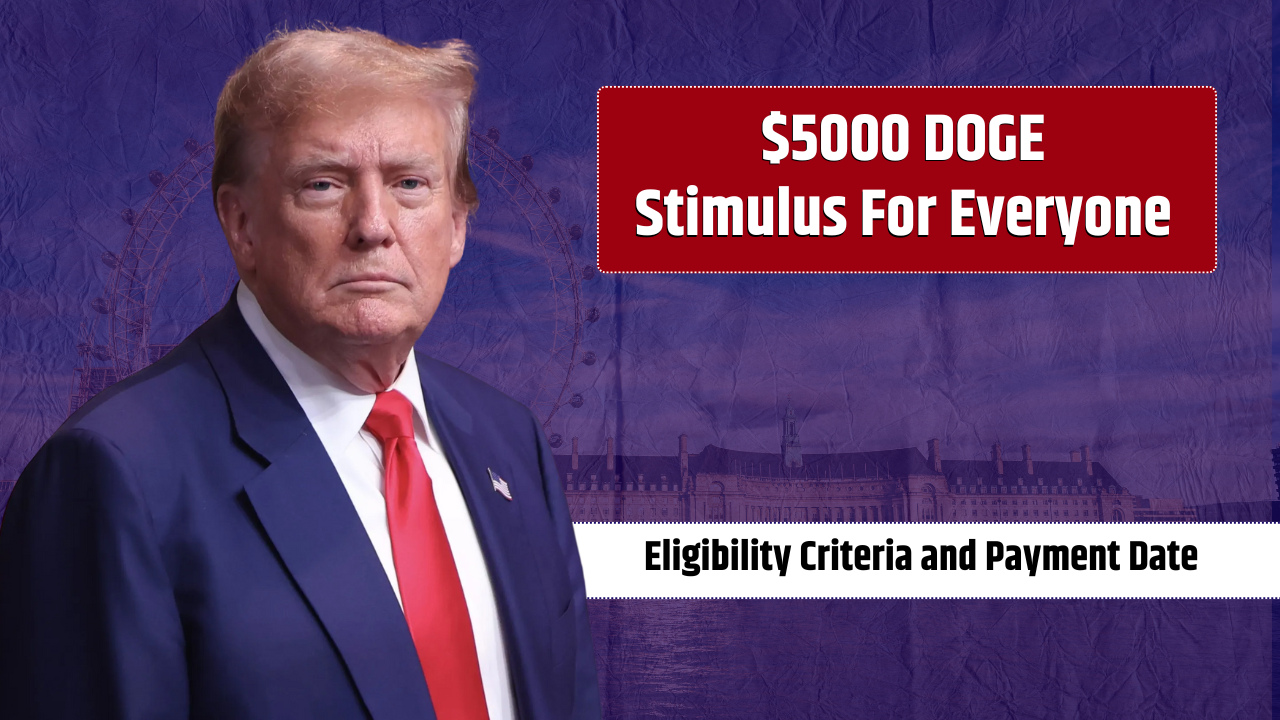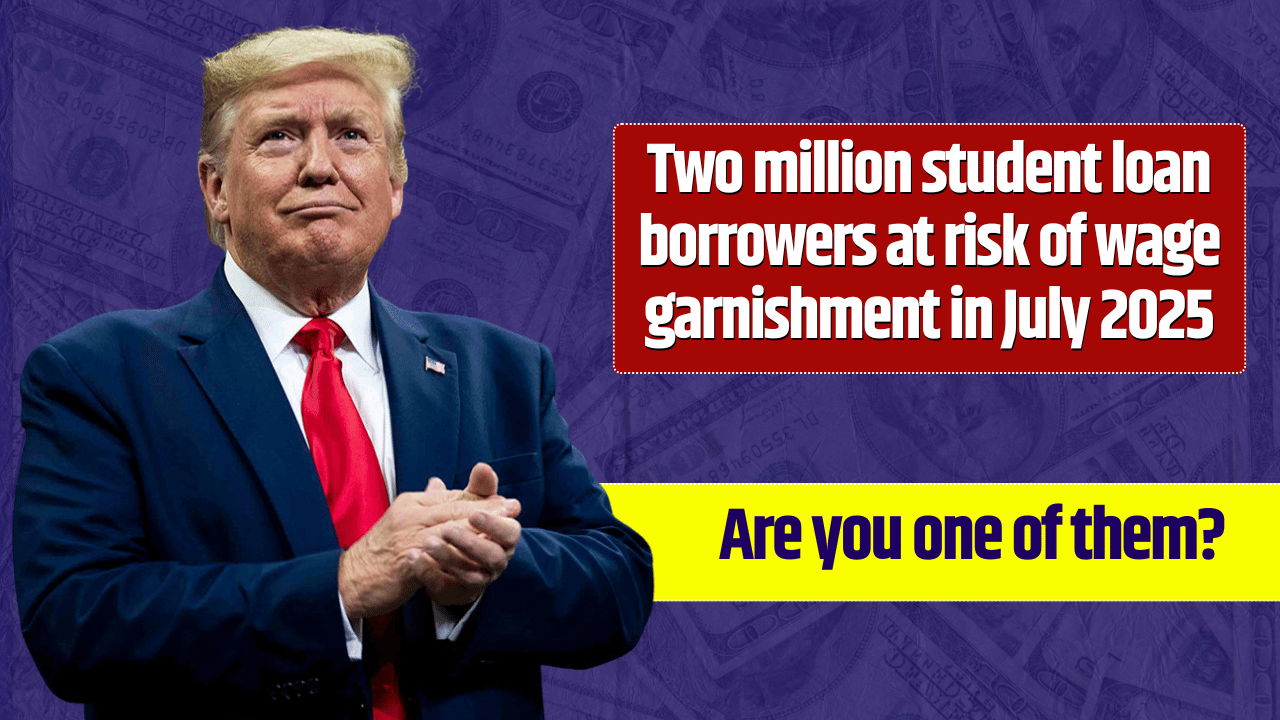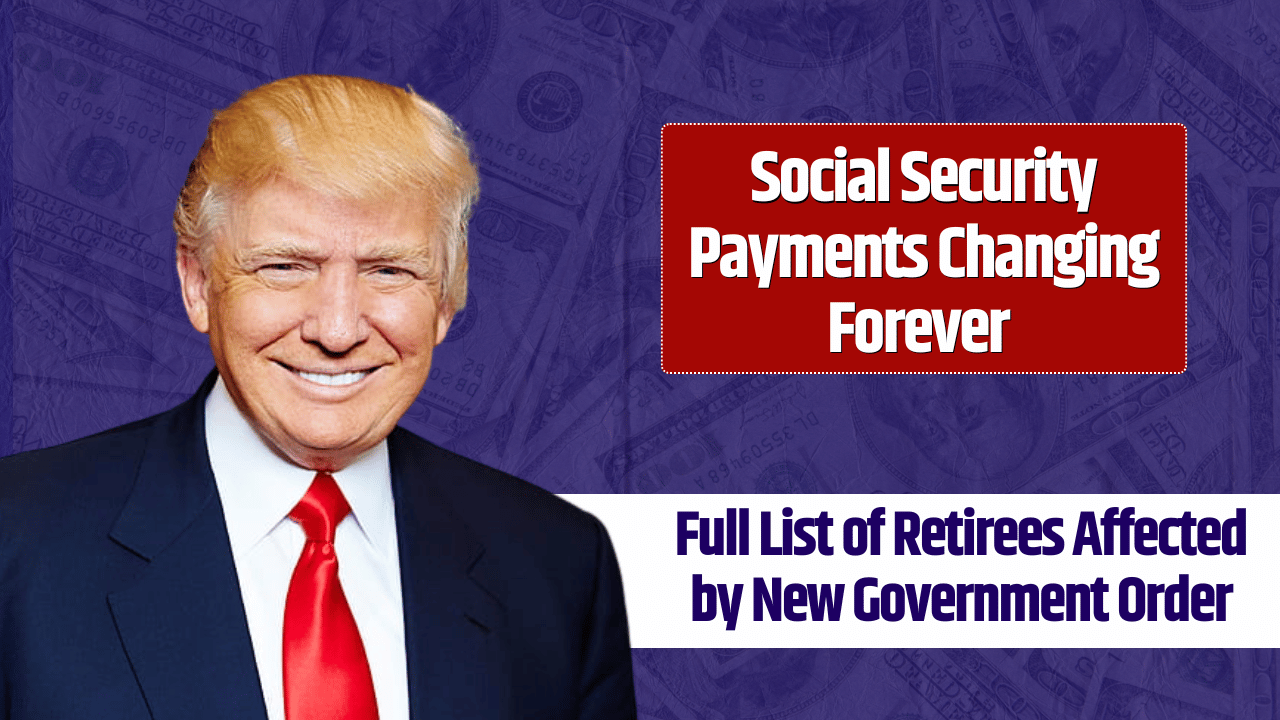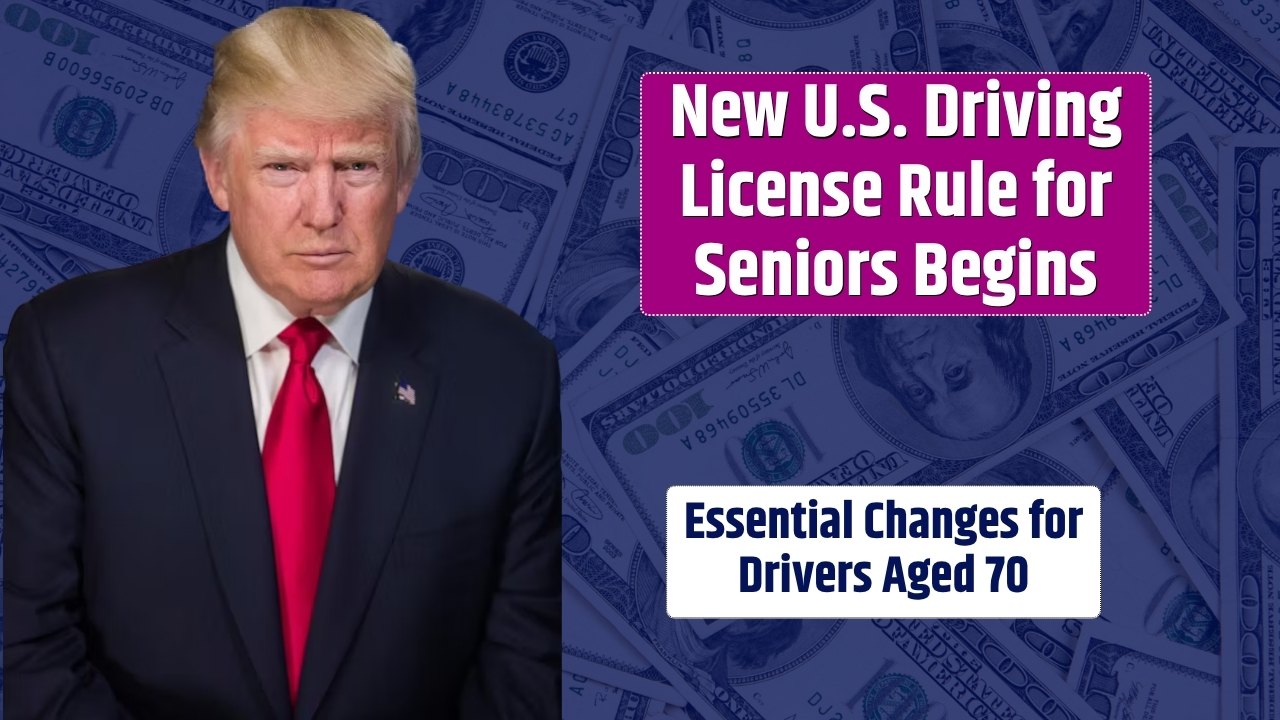As the U.S. economy navigates a critical period of post-pandemic recovery and fiscal reform, a bold new idea is making headlines: the DOGE Stimulus Check. Championed by the Department of Government Efficiency (DOGE), this proposal outlines a one-time $5,000 refund to eligible taxpayers—funded not through borrowing, but by reclaiming federal efficiency savings. The concept is ambitious, politically charged, and, if realized, could signal a dramatic shift in how Washington approaches taxpayer engagement.
Let’s break down what this plan really means—and how it could impact American households and the broader economy.
Table of Contents
What Is the DOGE Stimulus Check?
The DOGE Stimulus is a proposed federal program designed to distribute $5,000 in direct payments to millions of U.S. taxpayers. The initiative is part of a broader push by the newly established Department of Government Efficiency to reward citizens using funds saved by streamlining federal operations.
Rather than adding to the national debt, the stimulus would be financed through a $2 trillion cost-cutting plan aimed at reducing bureaucracy, eliminating redundant departments, and leveraging automation.
How Would It Work?
Under the proposal, the DOGE department would redirect 20% of the savings directly to taxpayers, 20% toward paying down national debt, and the remaining 60% to improve internal government operations. This would make the program unique among stimulus efforts by linking payments to tangible efficiency gains rather than emergency aid or deficit spending.
Payments would likely be processed through the IRS, using its existing database from previous stimulus rollouts for rapid distribution.
Proposed Eligibility Criteria
While exact qualifications have not been finalized, DOGE has hinted that eligibility will favor Americans with a history of consistent tax contributions and minimal reliance on government benefits. This could exclude individuals with little or no tax liability, focusing instead on middle- and upper-income earners who contribute significantly to federal revenues.
Key Eligibility Considerations:
| Criteria | Description |
|---|---|
| Taxpayer Status | Filed federal taxes in the past 2 years |
| Income Range | Yet to be finalized, but likely middle to upper-middle class |
| Economic Participation | Prioritized for those paying more in taxes than receiving in aid |
| Citizenship Status | U.S. citizens and possibly permanent residents |
A Glance at the Funding Model
DOGE’s $2 trillion plan relies on aggressive cost-cutting within the federal bureaucracy. This includes:
- Eliminating redundant agencies
- Investing in digital automation
- Capping contractor spending
- Reducing federal property waste
Critics argue such large-scale savings are overly optimistic, while supporters believe this could be a turning point in federal accountability.
Timeline and Political Support
The earliest rollout could happen by July 2026, although this is contingent on the plan passing multiple rounds of legislative scrutiny. As of mid-2025, the DOGE proposal is still under review in Congress, with no guaranteed timeline.
The initiative has drawn high-profile support from figures like Donald Trump and Elon Musk, both known for pushing deregulation and efficiency-driven policies. Their backing has lent political momentum—but also fueled debate over the program’s feasibility and fairness.
International Influence?
Interestingly, a proposed income tax limit increase in the UK—from £12,570 to £20,000 (~$15,800 to $25,000 USD)—is cited as part of a broader “taxpayer-first” movement. While this UK policy isn’t directly tied to DOGE, it could signal a global trend that may inspire similar reforms in U.S. tax code.
What Comes Next?
As public interest in the DOGE stimulus continues to climb, so do the questions. Can the government genuinely save $2 trillion without cutting essential services? Will this model create a precedent for rewarding taxpayers in times of surplus?
If DOGE proves viable, it could mark a historic shift: transforming bureaucratic savings into real cash for American households.
FAQs
Is the DOGE Stimulus Check real or approved?
No. As of now, the proposal is still under legislative review and has not been passed into law.
How much could eligible taxpayers receive?
A one-time payment of $5,000 is proposed.
How is it being funded?
Through projected federal cost savings—not by increasing taxes or national debt.
Who supports the plan?
Notable supporters include Donald Trump and Elon Musk, who both advocate for government efficiency and taxpayer rewards.
When would payments begin?
The earliest proposed start date is July 2026, pending legislative approval.














